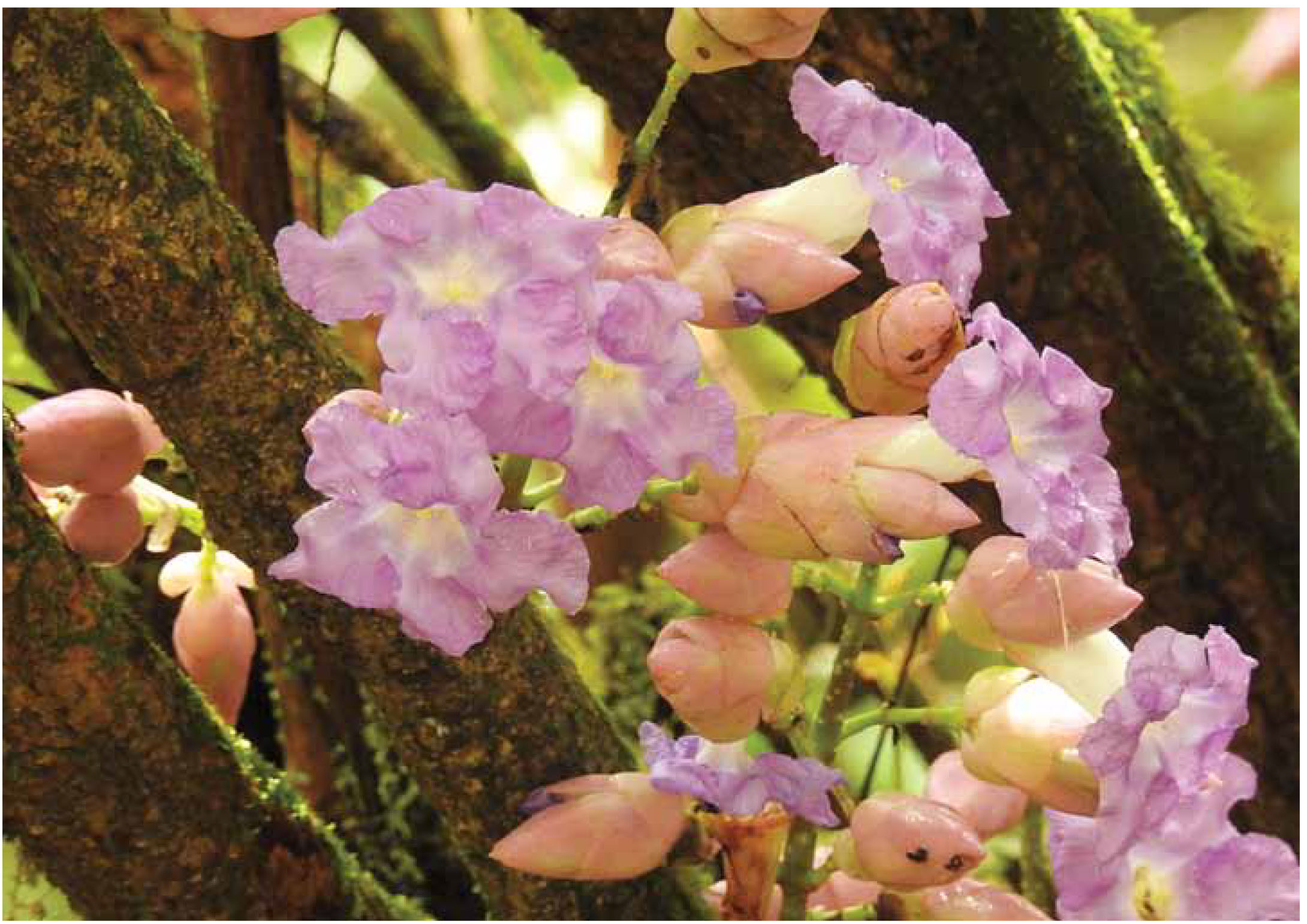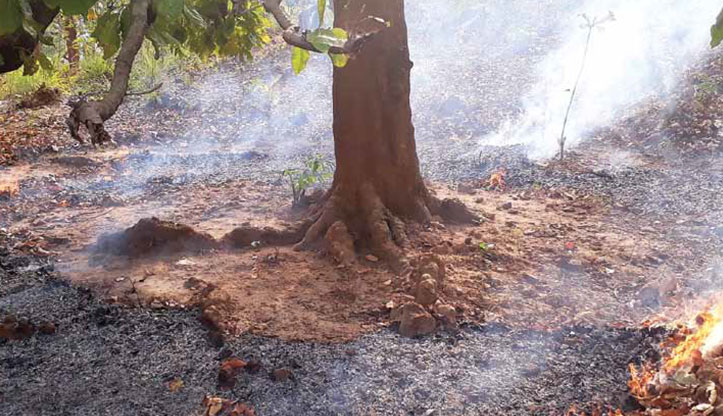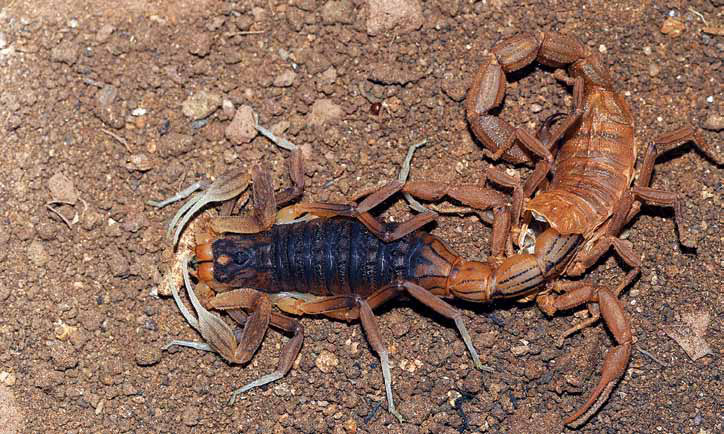
Karvi:The purple wonder of the western ghats
By Sarani Ghosal
Call it a miracle or wonder! One will have to wait eight long years to have the glance of Karvi, a small purple flower, etched against the brown and mossy stem. It blooms after every eight years at the high altitude of the Sahyadri slope of Chorla Ghat (part of the Western Ghats on the way to Belagavi), only in September. These small odourless flowers bloom in a thick mass around the strong and slender branches of the plant, which grows in a small patch, just three kilometers from a well-known eco-resort called The Wildernest. The plant belongs to the group of shrubs. Karvi survives in a climate with high moisture content in the air resulting in mist. When it blooms, the hill slope becomes purple tinged with bluish green all around because of mass flowering. Even though, the flower does not have smell, it attracts multitudes of butterflies, which flutter around the branches thickly laden with flowers to collect honey. The Karvis are a miracle of Nature. The botanical name of the plant is Strobilanthes Callosa. After September, these delicate flowers wither away and the plants become green again. However, it exemplifies an unusual behavior. The plant retains its greenness during the monsoon. Once, the rain stops, the stems look dry and dead. This plant is also a home of myriads of insects. The fruits of Karvi burst, when dried after blossom, and the seeds disperse for mass germination. This process is cientifically known as masting.
Surprisingly, Karvi plant is not visible in other parts of Chorla Ghat. According to Wikipedia, it blooms in central India (MP). In 2016, it last bloomed at Chorla Ghat. Therefore, one can hope to see the blossom of this plietesial plant in September 2024. Many Goans are trying to domesticate Karvi by planting it in low altitude around the mining dumps to prevent soil erosion. If it yields satisfactory result, this may be a breakthrough in area of conservation research. The local villagers use the stems and branches for building the thatched roof houses as they are known for their durability. Some flowers are purple and some are bluish-purple. The local researchers claim that these plants can arrest soil erosion.

Nature has a lot to offer us but our frequent mindless intervention to exploit it to meet our ever-growing greed will deprive us from such boons of Mother Nature. Man-Nature conflict will never be resolved unless there is a change in human consciousness. The Western Ghat area is known to be one of the biodiversity hotspots in the country. It is a home of butterflies, wild orchids, rare plants, leopards, frogs and cobras. Frequent traffic of heavy vehicles and road extension work by PWD often disturb the ecological balance. Anthropogenic pollution has already affected the natural pollination process of the wild flowers as birds and bees are less visible due to the sound and light pollution by the vehicles. Let us replenish the source of life as much as possible.
[More about Karvi may be obtained from the given link https://timesofindia.indiatimes.com/city/goa/goa-karvi]




